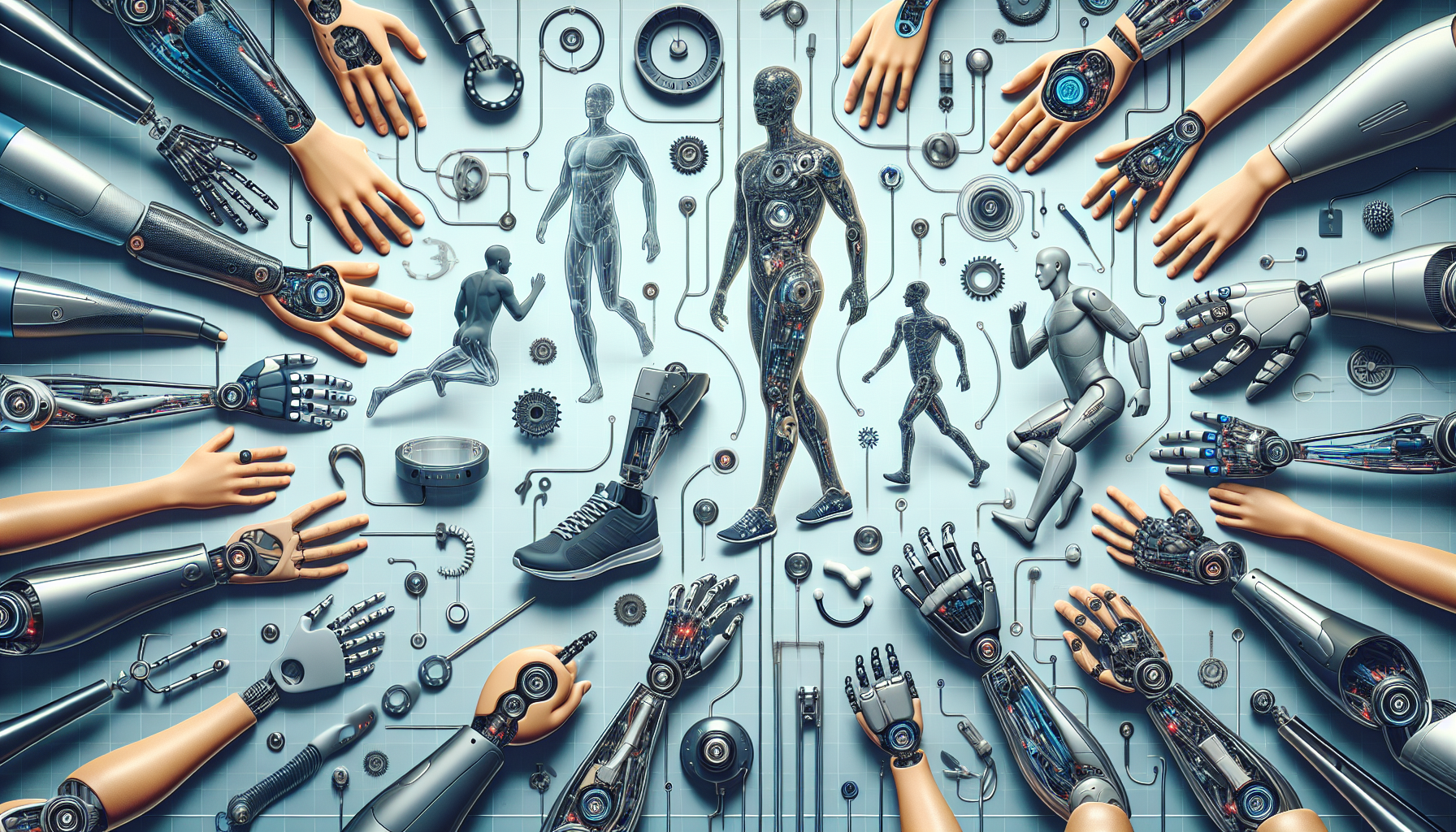Revolutionary AI-Powered Prosthetics Promise to Change Lives
Revolutionary AI-Powered Prosthetics Promise to Change Lives
In a groundbreaking development in the field of health tech, a team of researchers from the Massachusetts Institute of Technology (MIT) has unveiled an innovative AI-powered prosthetic limb. This revolutionary technology is set to transform the lives of amputees, offering them unprecedented levels of mobility and independence.
 The prosthetic, which has been in development for several years, uses a combination of artificial intelligence, machine learning, and advanced robotics to mimic the movement and functionality of a natural limb. The AI system is capable of learning from the user’s movements and adapting to their unique gait and style of movement. This results in a prosthetic that is more intuitive and comfortable to use than anything currently available on the market.
The prosthetic, which has been in development for several years, uses a combination of artificial intelligence, machine learning, and advanced robotics to mimic the movement and functionality of a natural limb. The AI system is capable of learning from the user’s movements and adapting to their unique gait and style of movement. This results in a prosthetic that is more intuitive and comfortable to use than anything currently available on the market.
One of the most impressive features of this new technology is its ability to predict the user’s intended movement. The AI system can analyze the user’s body language, muscle tension, and even their eye movements to anticipate what they are about to do. This allows the prosthetic to respond in real-time, making movements smoother and more natural.
The team at MIT believes that this technology could have a profound impact on the lives of amputees. Not only does it offer improved mobility, but it also has the potential to boost the user’s confidence and self-esteem. The researchers are now working on refining the technology and conducting further tests before it can be made widely available.
While the technology is still in its early stages, the potential implications are enormous. This could be a game-changer for the millions of people worldwide who rely on prosthetic limbs. It’s a significant step forward in our understanding of how to integrate AI and robotics into healthcare, and it’s a testament to the incredible advancements being made in health tech.
Sources:
This information was sourced from a press release issued by the Massachusetts Institute of Technology. Further details can be found in the journal article published in the Journal of Neural Engineering and Rehabilitation. The research was funded by the National Institutes of Health and the National Science Foundation.